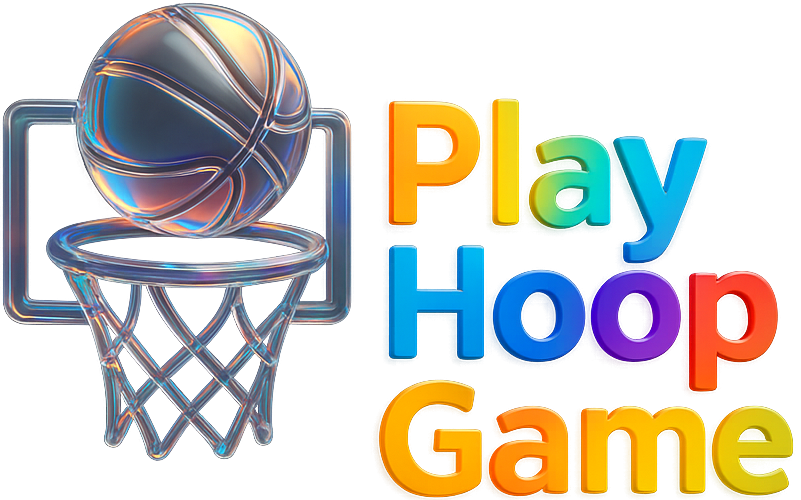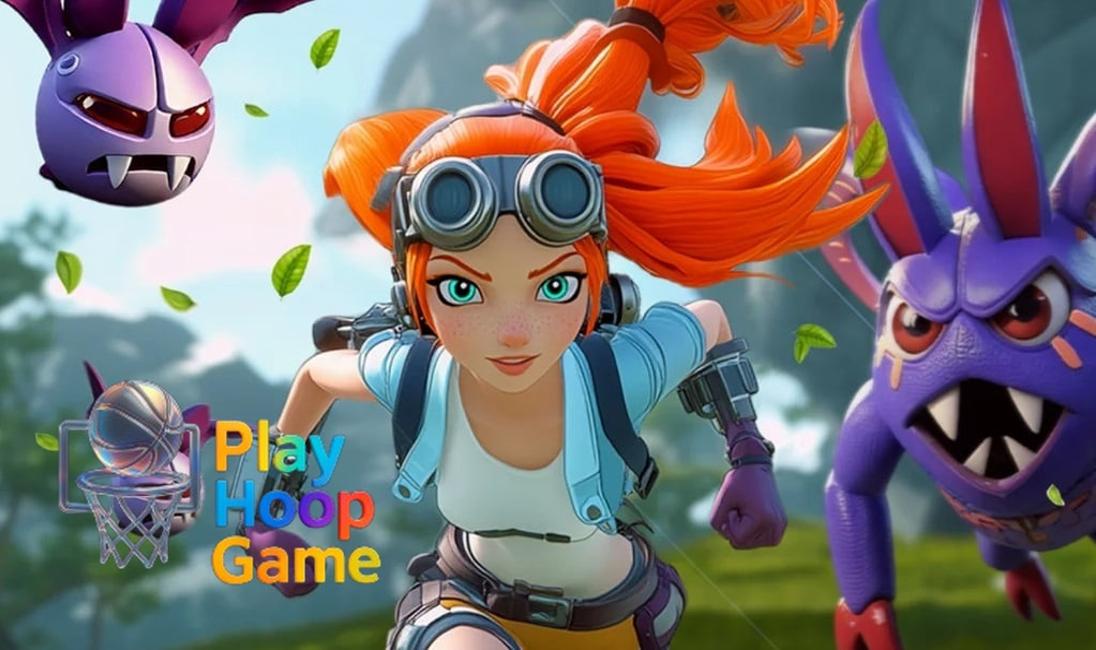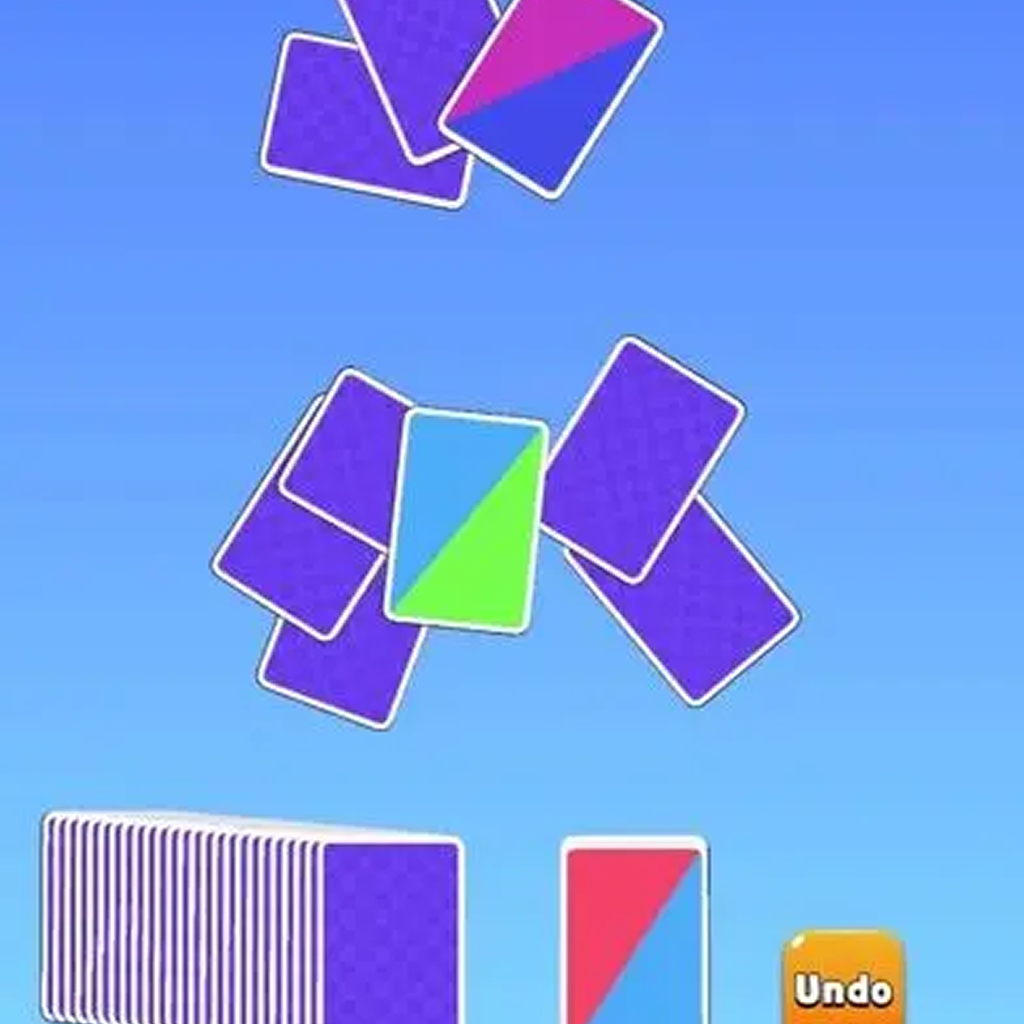You know, sometimes I think I’ve seen it all. I’ve been writing about games for over a decade. I was there for the horse armor. I was there for the rise and fall of the loot box (well, mostly). I’ve sifted through Steam Greenlight graveyards and the wild west of the early mobile app stores. But every now and then, something lands on my desk—or, in this case, my Nintendo Switch eShop home screen—that just makes me lean back, rub my eyes, and let out a low whistle.
This was one of those times.
It’s called Capsule Creeps. No, wait. That’s not it. It's called Beastie Brawlers. Hang on, let me check my notes. Ah, here it is: Creature Collector Pro Saga. Okay, I'm kidding. Its real name is somehow even more brazen: Palworld Slop.
And it’s on the Nintendo Switch. Right now. For $4.99.
The sheer, unadulterated audacity. It’s almost beautiful in its shamelessness.
A Clone of a Clone? Let's Unpack This Mess
Let's be clear. The original Palworld—the game that sold a bajillion copies on Steam and Xbox in what felt like fifteen minutes—is already walking a tightrope. The whole "Pokémon with guns" thing was a brilliant marketing hook, but it also invited a level of scrutiny from The Pokémon Company’s notoriously well-fed legal team that would make most studios sweat through their ergonomic chairs. The character designs were, shall we say, heavily inspired by Game Freak's homework. Everyone saw it. You saw it, I saw it, and you can bet a team of lawyers in Tokyo saw it.
But Palworld Slop? It's on another level. It’s like someone took the concept of Palworld, ran it through a dodgy translation app, modeled the assets on a potato, and then decided to sell it on the one platform owned by the company that is, legendarily, the most protective of its IP in the entire history of entertainment.
The "Pals" in this version look like they were drawn from memory by someone who was described a Pokémon over a bad phone connection. The survival mechanics are there, kind of. You can chop a tree. You can build a wobbly-looking shack. You can even capture the creatures in little spherical… things. But it all has that signature feel of a "mockbuster" movie—the kind of film like Transmorphers or The Atlantic Rim you find in a gas station DVD bin. It’s technically a product. It functions. But its entire reason for being is to prey on the confused and the curious.
And I've got to admit, a part of me is deeply fascinated by it.
So How Does Palworld Slop Arrive On Switch Unscathed?
This is the real head-scratcher, isn't it? The question I keep coming back to. How does this happen? Especially when the very air is thick with rumors about Nintendo's legal eagles circling the original Palworld. And the answer, as is so often the case in these matters, is found in the frustratingly gray area of the law.
Here’s the thing: you can’t really copyright a game mechanic. You can’t copyright the idea of an open-world survival game where you capture monsters. If you could, every first-person shooter would be getting a cease-and-desist from the creators of DOOM. What you can copyright (and trademark) are specific assets. The name "Pikachu," his specific likeness, the sound he makes—that’s all locked down tighter than Fort Knox. This is why you see so many games that feel... familiar. It’s the same basic recipe, just with different ingredients. Think about how many games are essentially just merging and collecting things, like in Merge Mania; the core concept is universal.
The developers of Palworld Slop, in all their wisdom, have likely done just enough to stay on the right side of that line. Their main creature looks like a knock-off Pikachu that’s had a really bad allergic reaction, but is it legally distinct? Probably. Is the name "Palworld Slop" an infringement on "Palworld"? Maybe, but that's a trademark issue, and it's a fight Pocket Pair (the original devs) would have to pick, not Nintendo.
It's a dance of plausible deniability. It also speaks to a bizarre reality of the modern eShop. It’s no longer the tightly curated walled garden it once was. It’s a sprawling digital jungle, and all sorts of weird, wonderful, and genuinely terrible things have taken root there. It's a place where a developer can test the boundaries of what's acceptable, almost like a game in itself. It reminds me of the wild, anything-goes feeling of old browser game portals like CrazyGames, but with a price tag attached.
A Grand Tradition of Digital Doppelgangers
This isn't new, of course. For every Breath of the Wild, there's a dozen open-world games on the eShop with a similar art style and a stamina wheel. For every Among Us, a flood of social deduction clones. It's the digital circle of life. But the timing and the sheer nerve of Palworld Slop make it a special case study.
It's profiting from the confusion around a controversial game that is, itself, accused of profiting from the legacy of another. It’s a snake eating its own tail. A Russian doll of imitation. And Nintendo, for whatever reason, is letting it happen. Maybe their review process is more automated than we think. Maybe they believe, as some do, that the market will simply sort it out—that bad games will be buried by bad reviews.
Or maybe, just maybe, they’re so busy keeping an eye on the original Palworld that this little guppy just swam right past the net. Whatever the reason, it's here. A testament to the wild, weird, and often deeply cynical world of modern game development.
FAQs: Your Burning Questions About This Whole Mess
I can already hear the questions brewing. This situation is confusing, so let's clear up a few things.
So, is this 'Palworld Slop' game even legal?
This is the million-dollar question. The answer is... probably? It likely exists in a legal gray area by carefully avoiding the use of copyrighted assets (like specific character models or names) while mimicking the un-copyrightable game mechanics and general art style. It's a risky strategy, and one that could be challenged, but it's not an open-and-shut case of infringement. The entire business model is a gamble on that legal ambiguity.
Why would Nintendo even allow this on the Switch?
That's a common and very valid question. In the days of the Wii U, this might never have happened. But the Switch eShop is a massive marketplace with thousands of games. The review process, known as "lot check," is more focused on technical stability (does the game crash? does it corrupt save data?) than on artistic merit or originality. As long as a game doesn't break the console or contain explicitly forbidden content, and it squeaks by the IP rules, it has a chance of getting through.
Is it just a cheap copy, or is there anything new?
Let's not get our hopes up. Based on everything I've seen, it's a textbook example of an "asset flip" or a "clone." Its primary feature is its resemblance to a more popular game. It exists to capture search traffic and trick a few unsuspecting buyers. Don't go in expecting innovation. This is digital bottom-feeding, plain and simple.
How does the ongoing legal battle with the original Palworld affect this Switch release?
Ironically, it probably helps it. The controversy and headlines surrounding the original Palworld are what make a game like Palworld Slop even remotely visible. The developers are banking on that name recognition. If Pocket Pair ever does face a real legal challenge from The Pokémon Company, it could set a precedent that makes clones like this riskier, but for now, the drama is free marketing. Legal policies, like a DMCA policy, are complex, and these developers are walking right on the edge of them.
So, should you buy it? For the love of all that is holy, no. But as a bizarre artifact of our current gaming moment? It's absolutely fascinating. It’s a monument to audacity, a cheap plastic trophy celebrating how strange the line between inspiration and imitation has truly become.

























